“If it’s Boeing, I ain’t going” is the popular refrain that apparently, now applies to space travel. Boeing’s Starliner spacecraft has encountered numerous technical issues since its development, with a recent incident that surprised many.
During its stay at the International Space Station (ISS), a mysterious ‘pulsing’ sound was detected, sparking concerns.
Overview of the Boeing Starliner
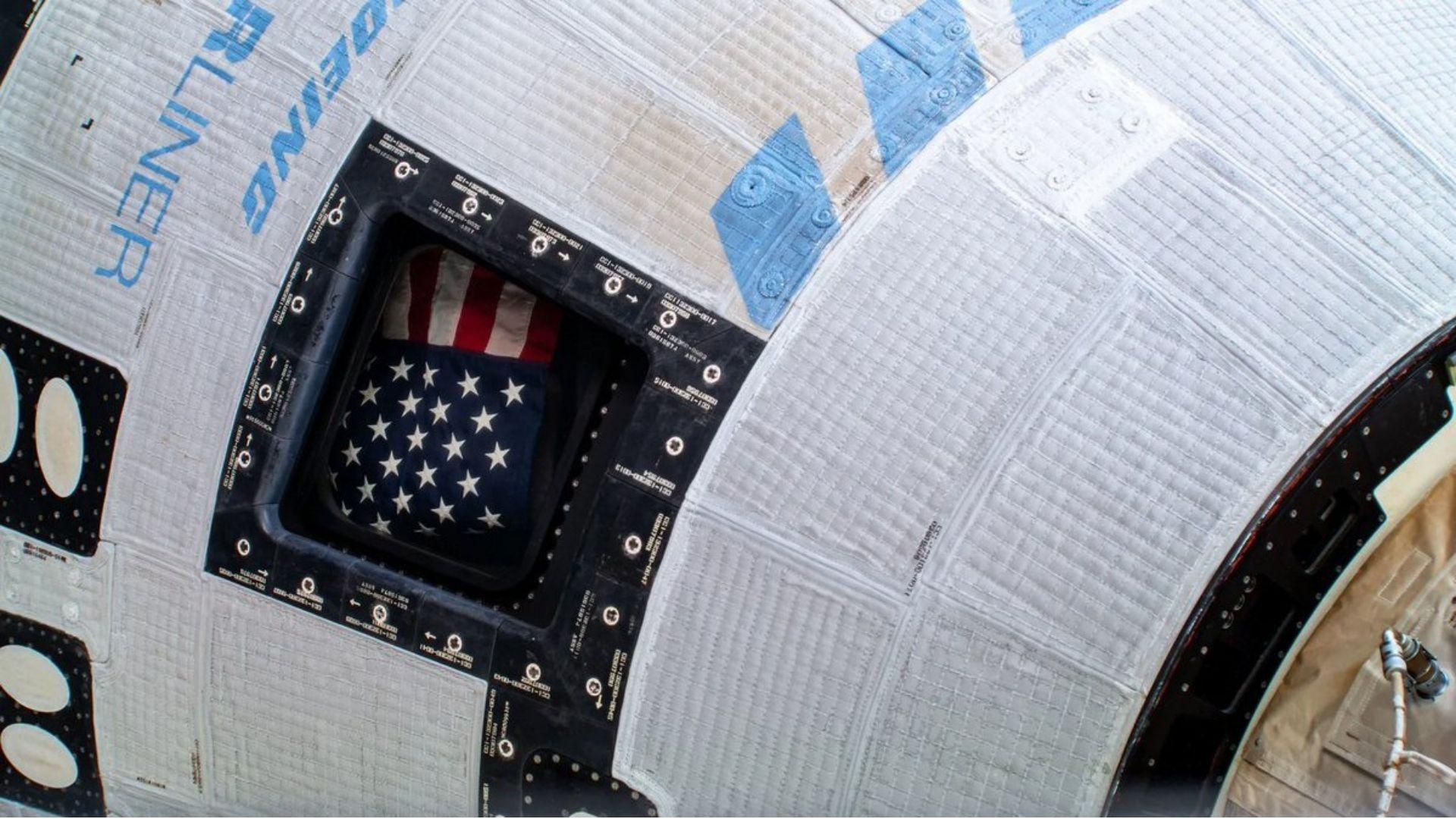
The Boeing Starliner launched in June 2024, with two NASA astronauts, Suni Williams and Butch Wilmore on board.
The original plan was to spend about a week in space before returning home. But since then, it’s been a series of technical failures and mishaps. The two astronauts have been stuck living in the International Space Station (ISS) for over two months.
What Went Wrong
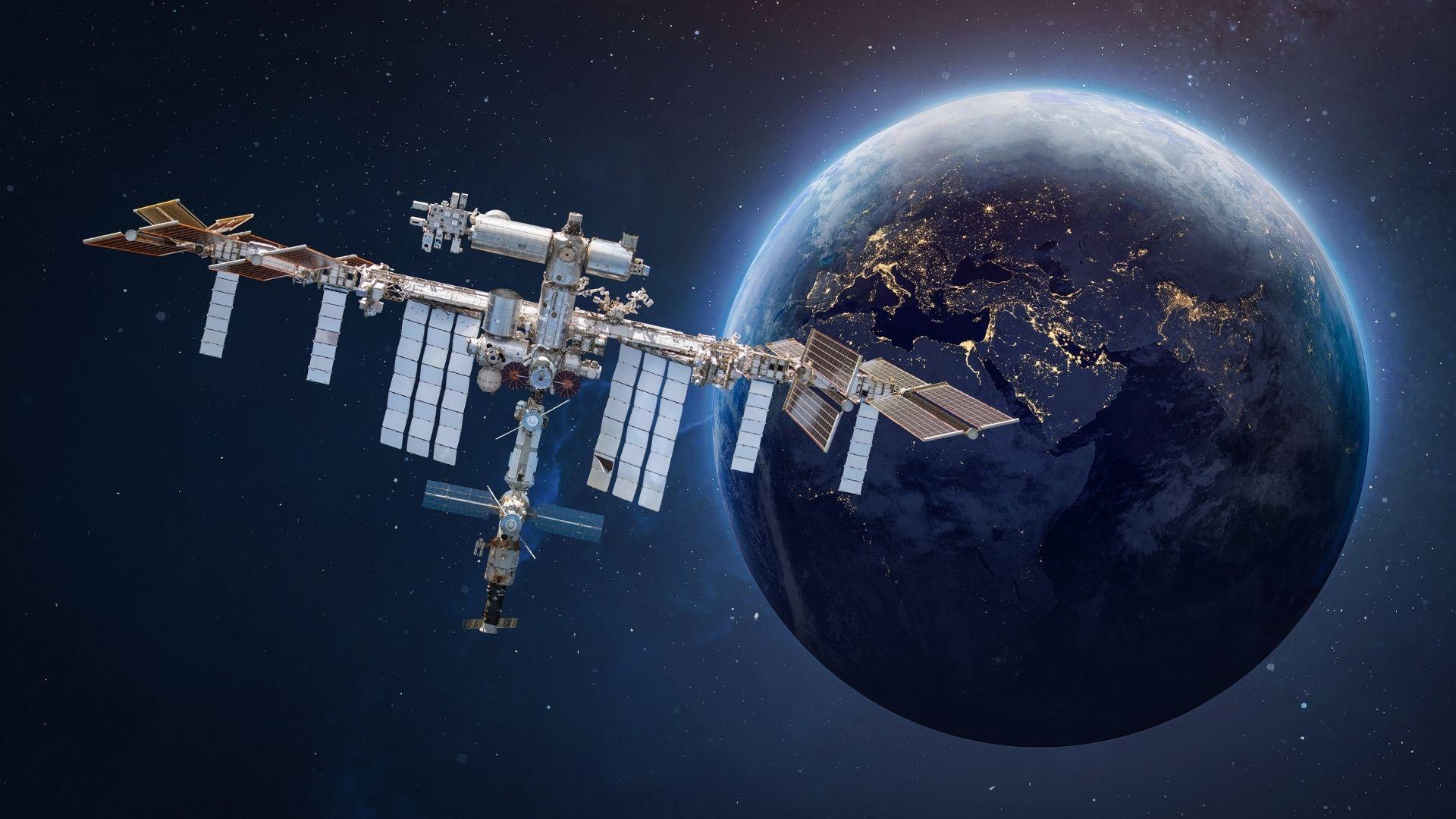
So what exactly is wrong with the Boeing Starliner?
Currently parked outside the ISS, the Starliner has been plagued with malfunctioning thrusters and leaking helium. The day after takeoff, five out of the original 28 thrusters started to malfunction, which delayed landing by over an hour. These thrusters are crucial for the Starliner to move and adjust its position in space. The concern is that with these broken pieces, the astronauts wouldn’t be able to safely come back to Earth.
Stuck in Space
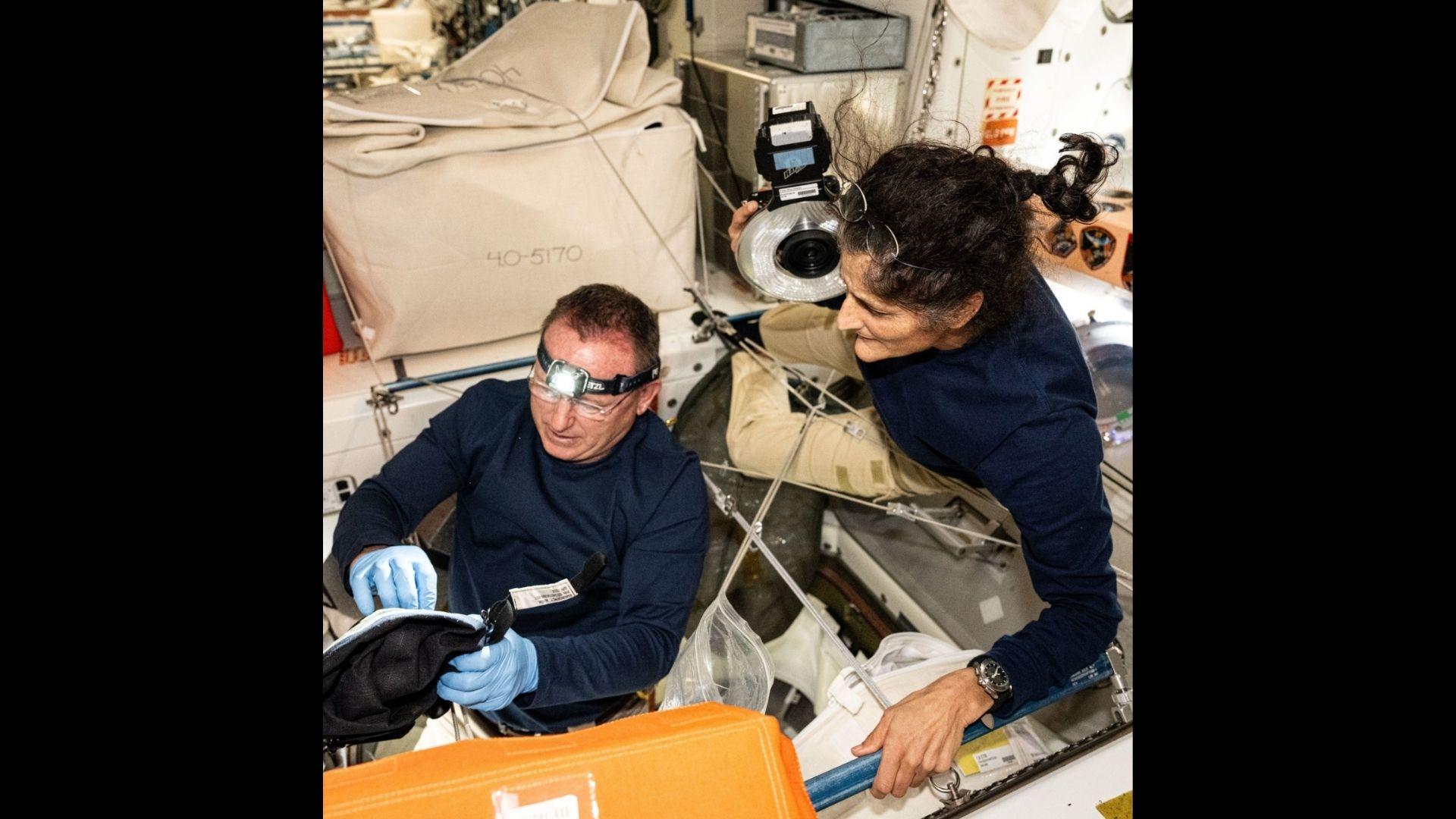
Due to these safety concerns, the astronaut’s return flight home was delayed indefinitely.
The two are now living in the International Space Station, which is, thankfully, well-stocked with food, water, and other basic necessities.
Weird Pulsing Sound
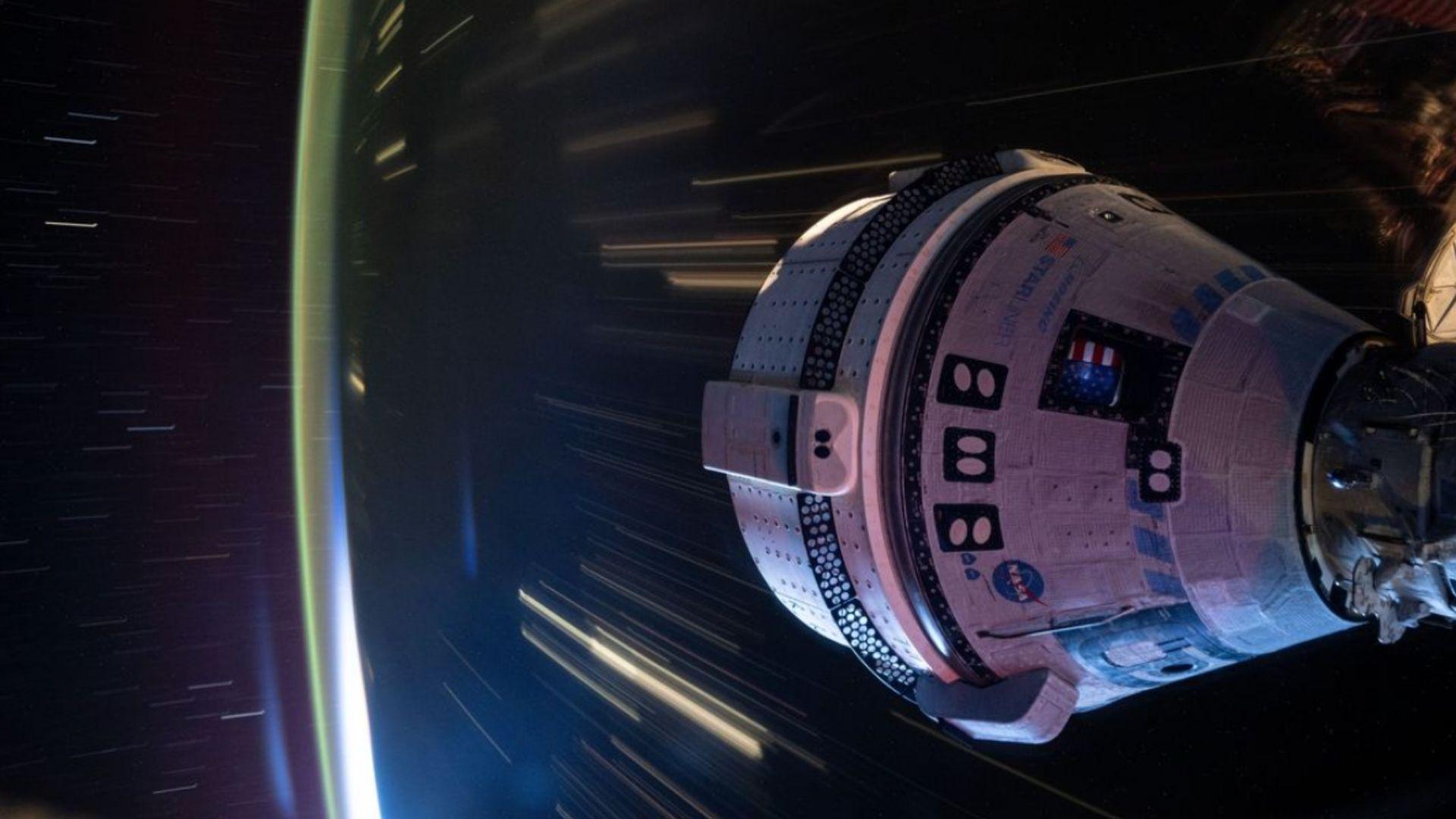
In late August, NASA astronaut Butch Wilmore contacted NASA Mission Control to report a strange pulsing sound coming from the Boeing Starliner spaceship.
He said, “There’s a strange noise coming through the speaker. I don’t know what’s making it.”
Listen to the Sound
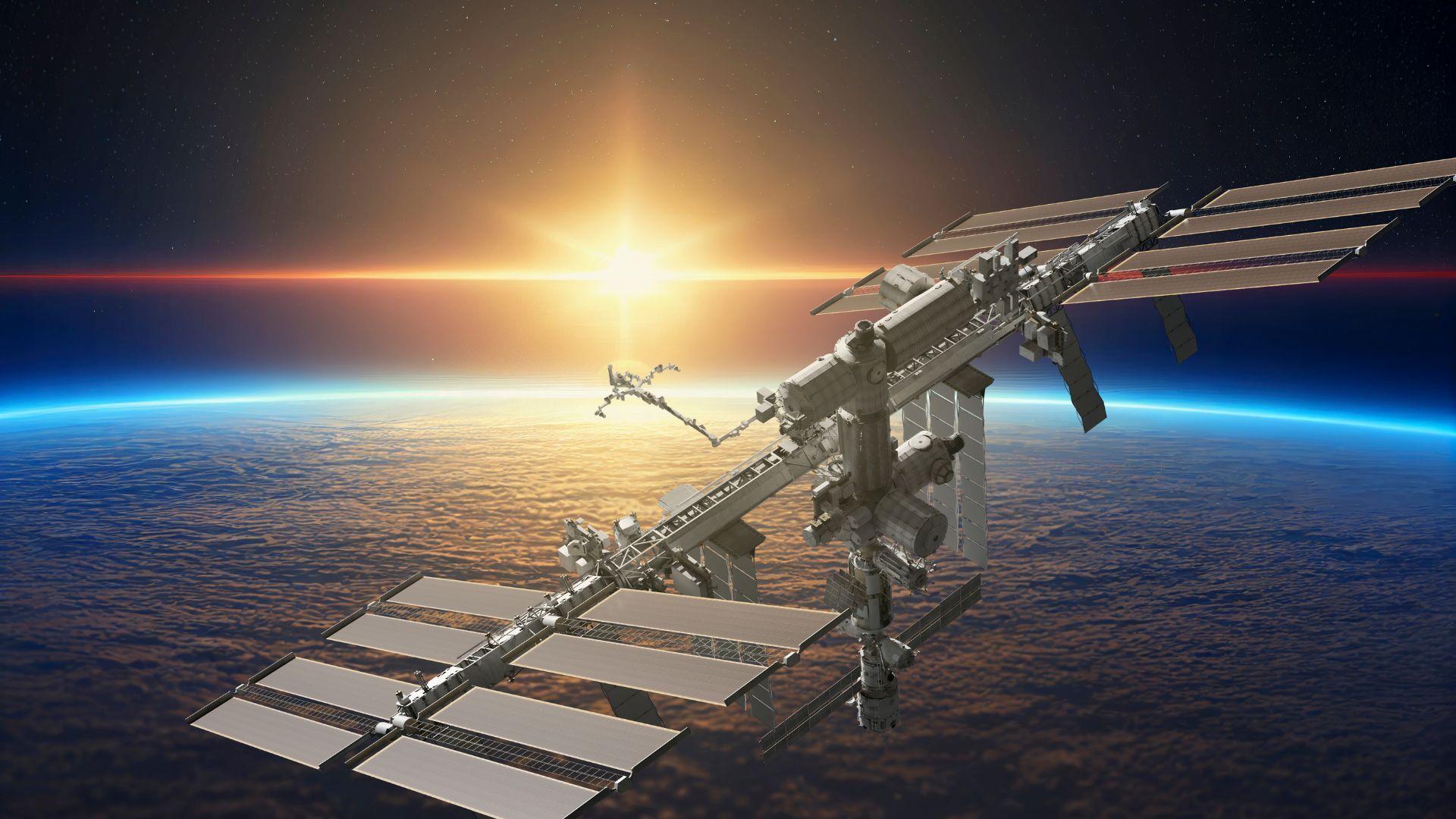
The audio of Wilmore’s call with NASA and the sound itself was posted online.
Chris Hadfield, former Canadian astronaut, took to X to say “There are several noises I’d prefer not to hear inside my spaceship, including this one that Boeing Starliner is now making.”
The Sound, Explained
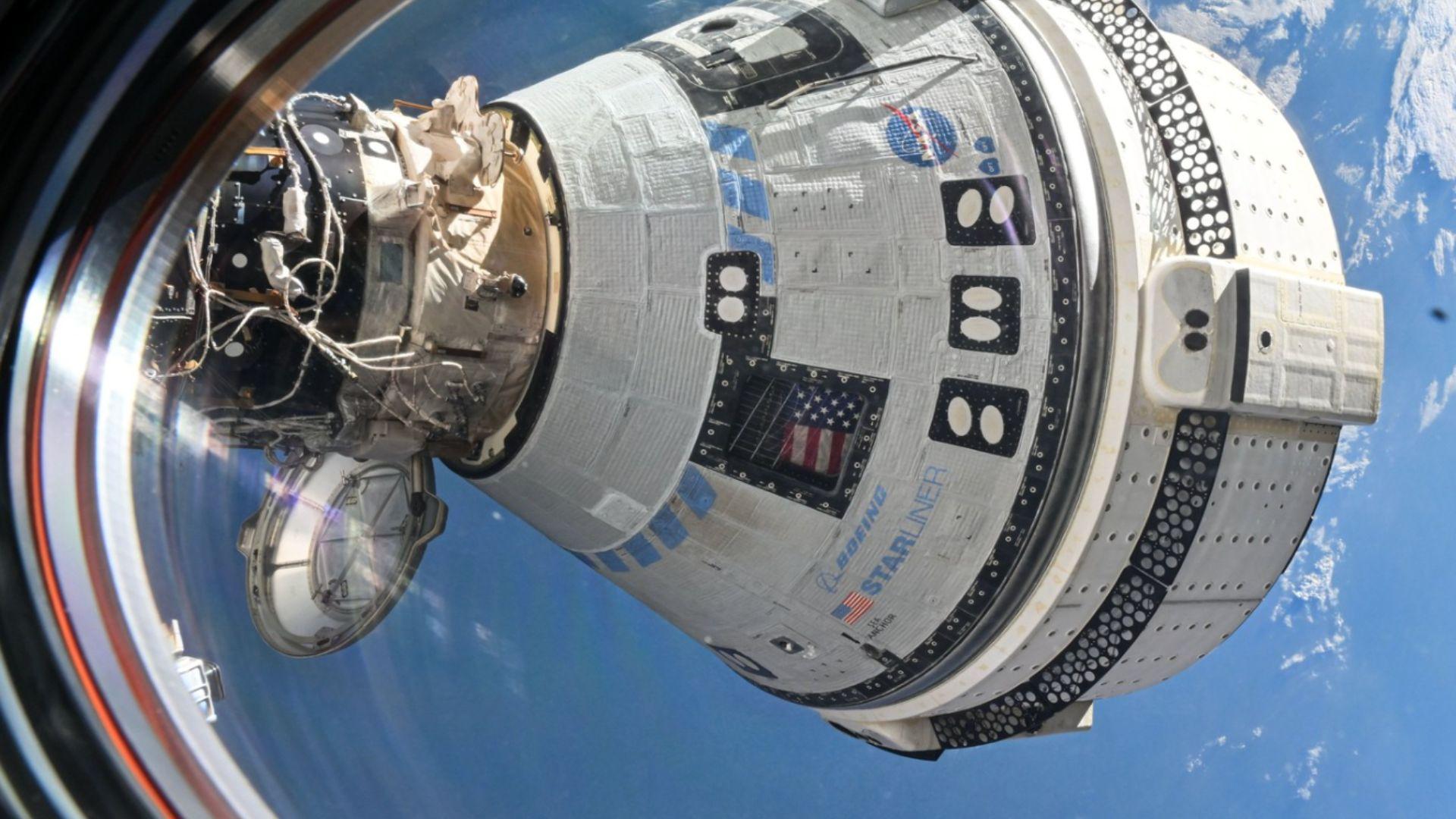
The following week, NASA released an update on the origin of the sound. They said that it was just a feedback issue between the speakers on the Starliner and the ISS.
The sound shouldn’t affect the astronauts in any way. The official NASA account posted on X: “The space station audio system is complex, allowing multiple spacecraft and modules to be interconnected, and it is common to experience noise and feedback.”
Starliner to Return to Earth Alone

After months of trying to find a solution, NASA decided that sending the astronauts back to Earth on the Starliner was simply too risky.
The Starliner will return to Earth empty. If everything goes according to plan, it will land at the White Sands Space Harbor in New Mexico via parachute.
How Will the Astronauts Return?
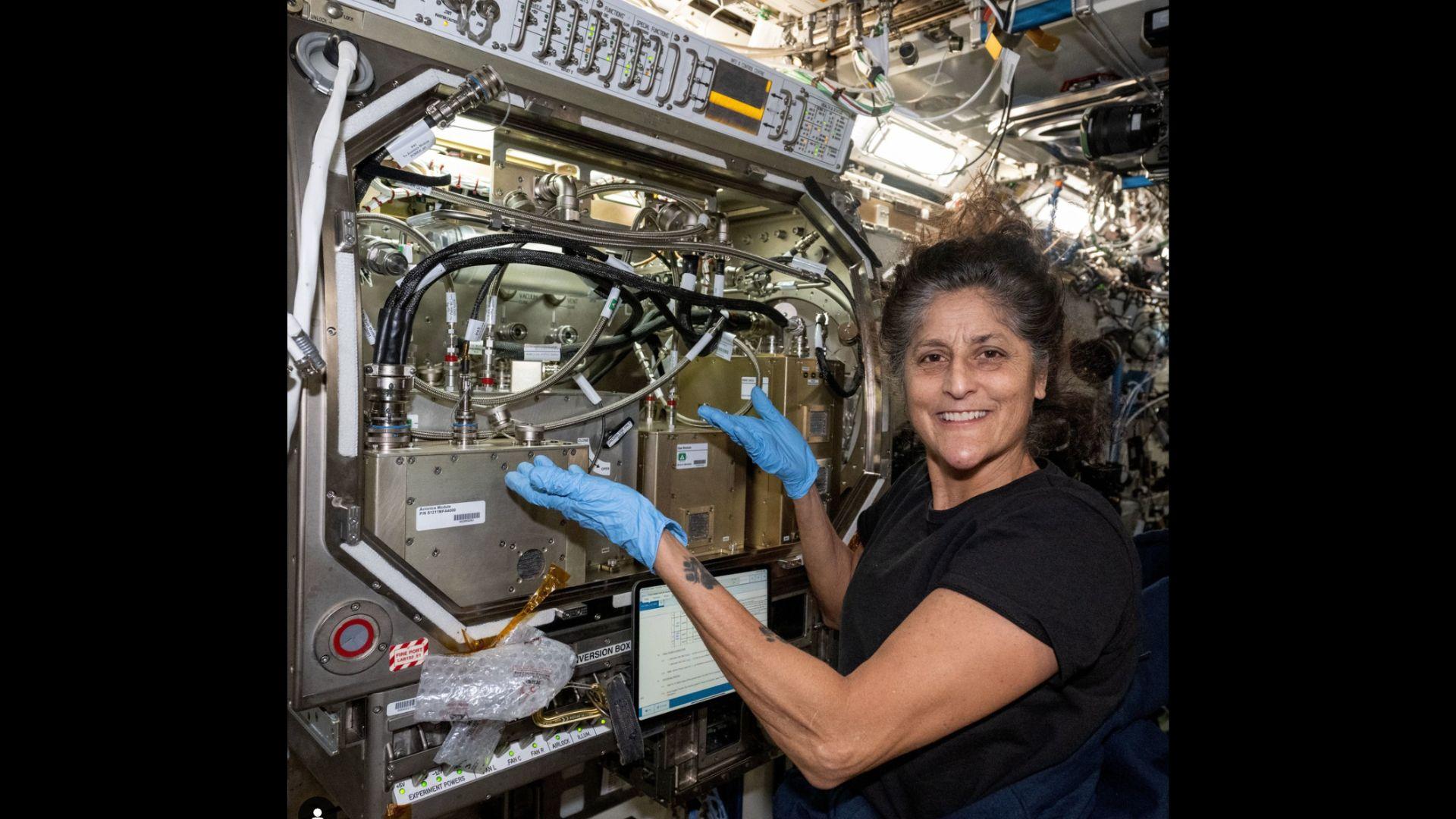
The mission continues for the two astronauts, who will stay at the International Space Station until February 2025. The plan is for them to take the SpaceX Crew-9 capsule, which is scheduled for liftoff on September 24th.
By the time they are back on Earth, their planned 8-day mission will have become 8-months.
“There Was Some Tension in the Room”
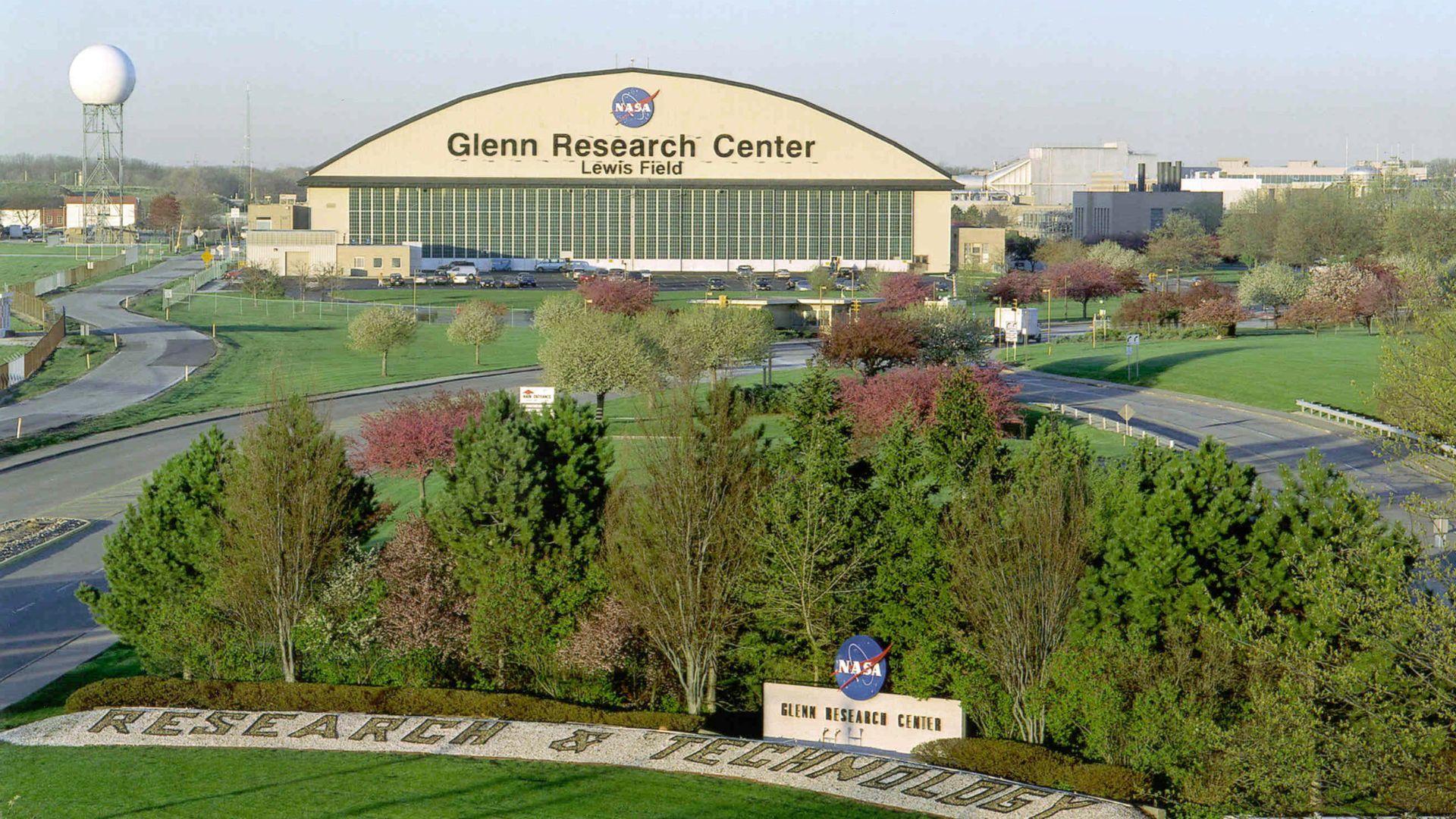
Making the decision to send the Starliner home unmanned wasn’t easy – or uncontroversial. NASA’s program manager for the commercial crew program, Steve Stich commented, “I would say, anytime […] where there’s this kind of decision, there is some tension in the room.”
Boeing believed that their technology could get the astronaut back safely, despite the delays. Apparently, NASA’s team disagreed.
What This Means for Boeing

This disastrous flight was the Starliner’s first crewed flight and was the final step for Boeing to get NASA’s certification to fly routine trips in orbit.
As the trip has seen nothing but missteps, it’s highly unlikely Boeing will see that certification anytime soon.
Watch the Starliner’s Return
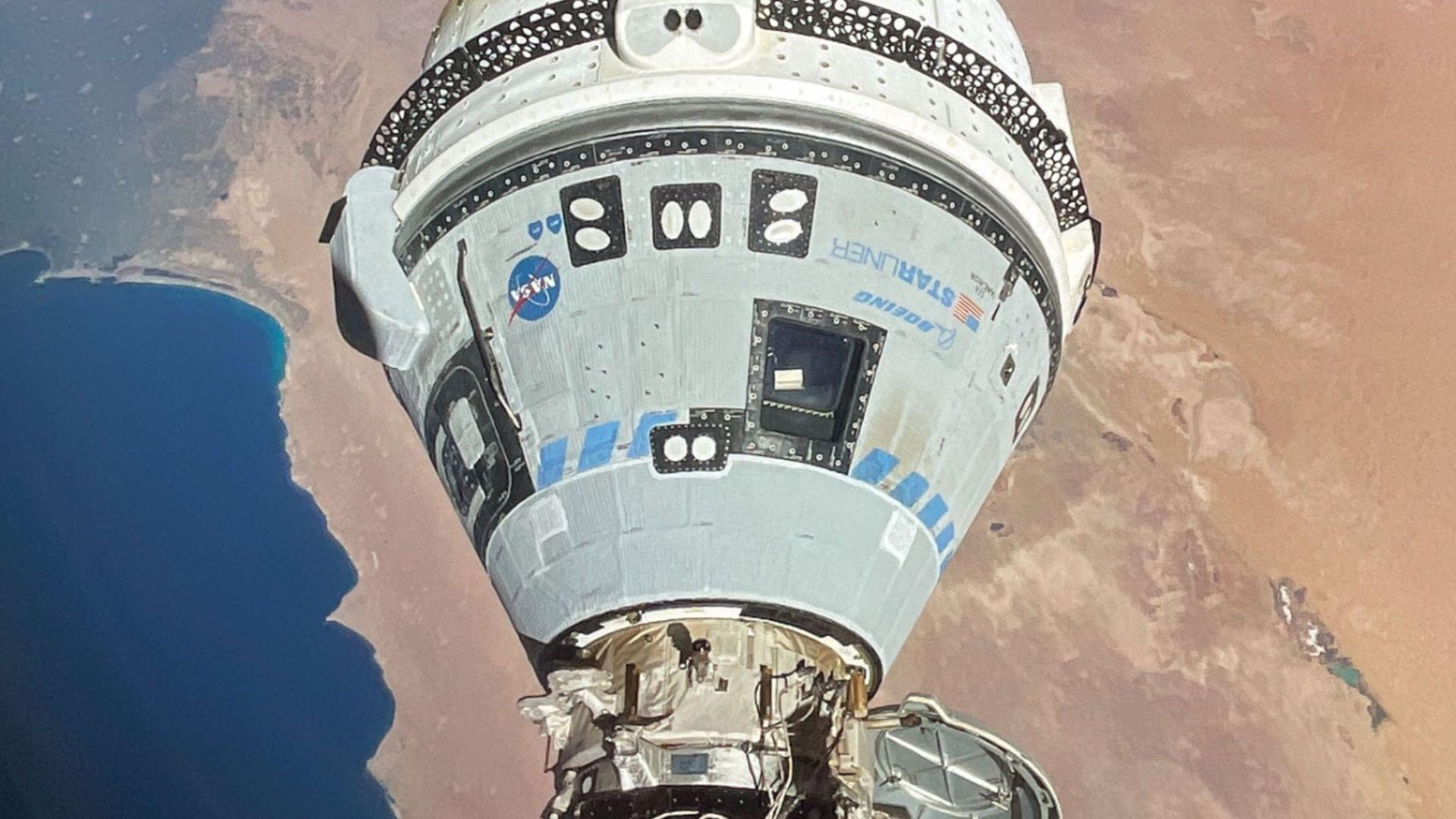
The Boeing Starliner is set to return to Earth on Friday, September 6th.
NASA is providing a live stream of the Boeing Starliner’s solo journey home. It will be available on NASA+ for free at 5:45 p.m. Friday EDT.

